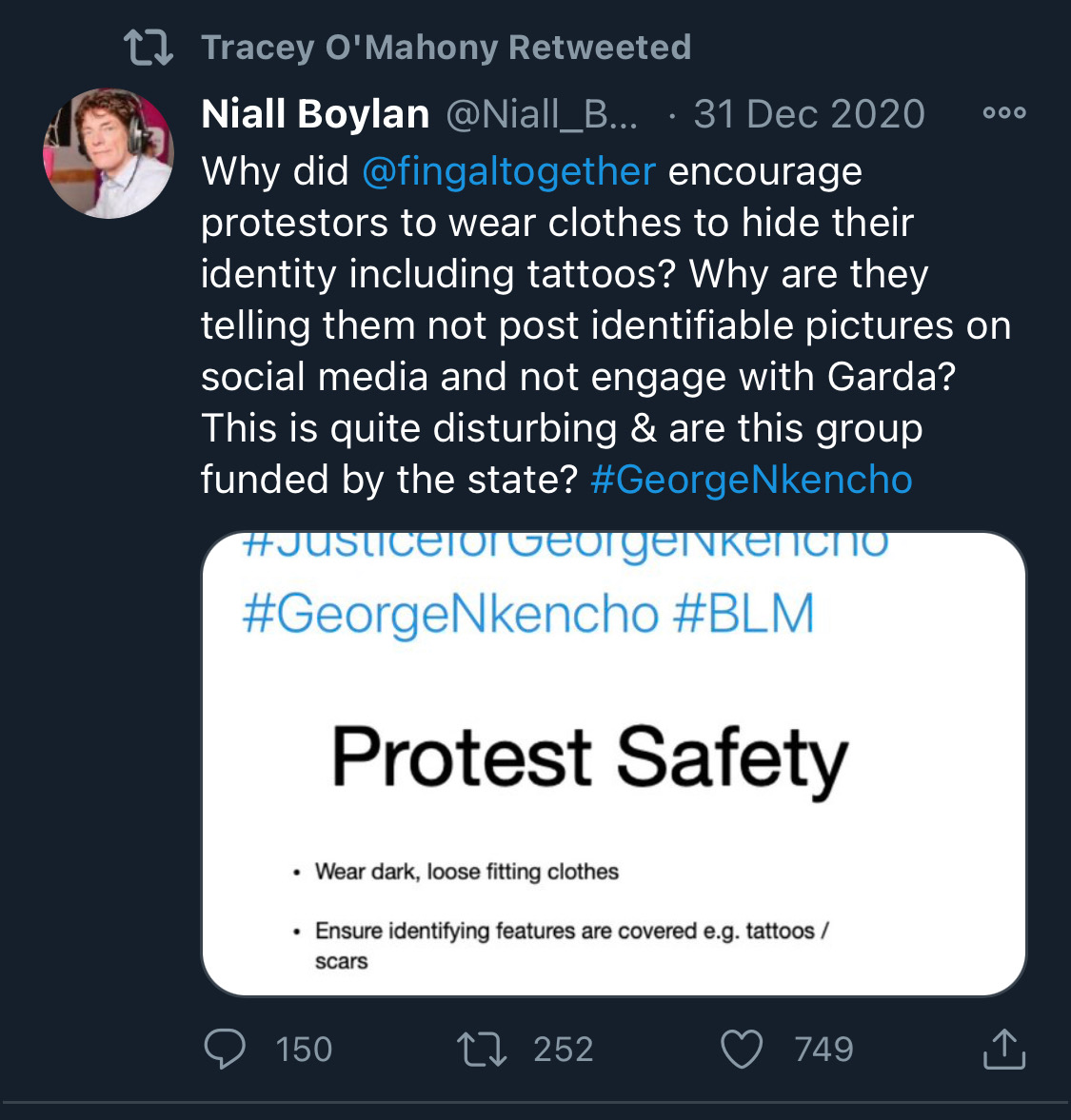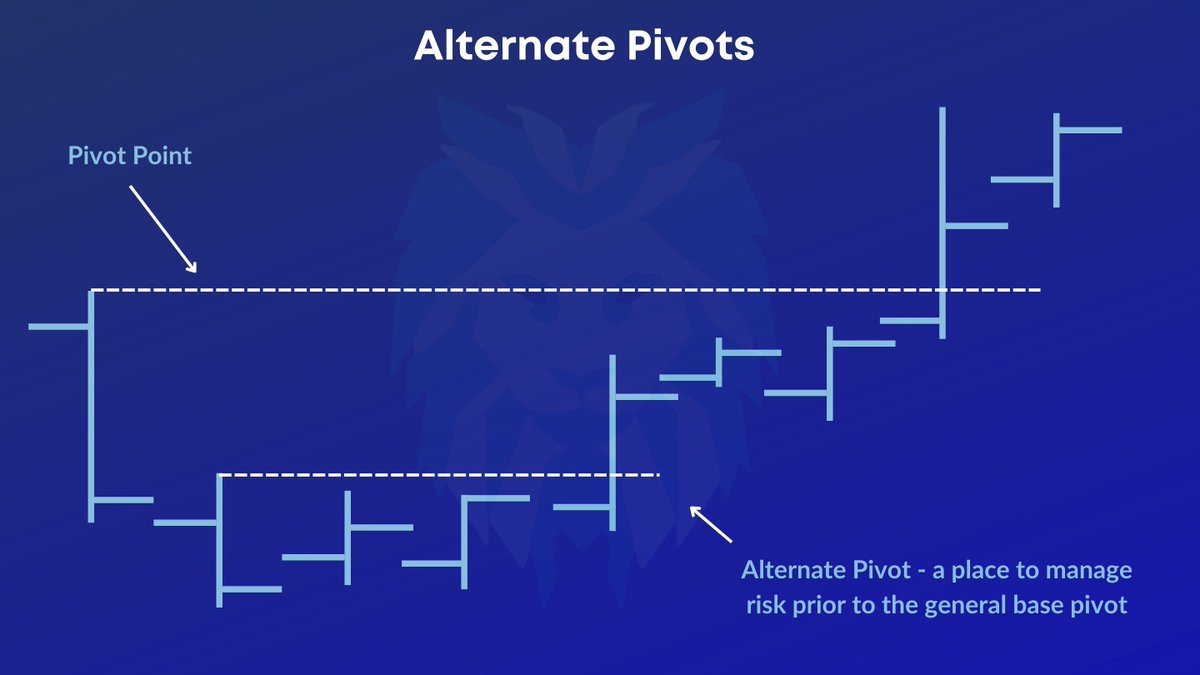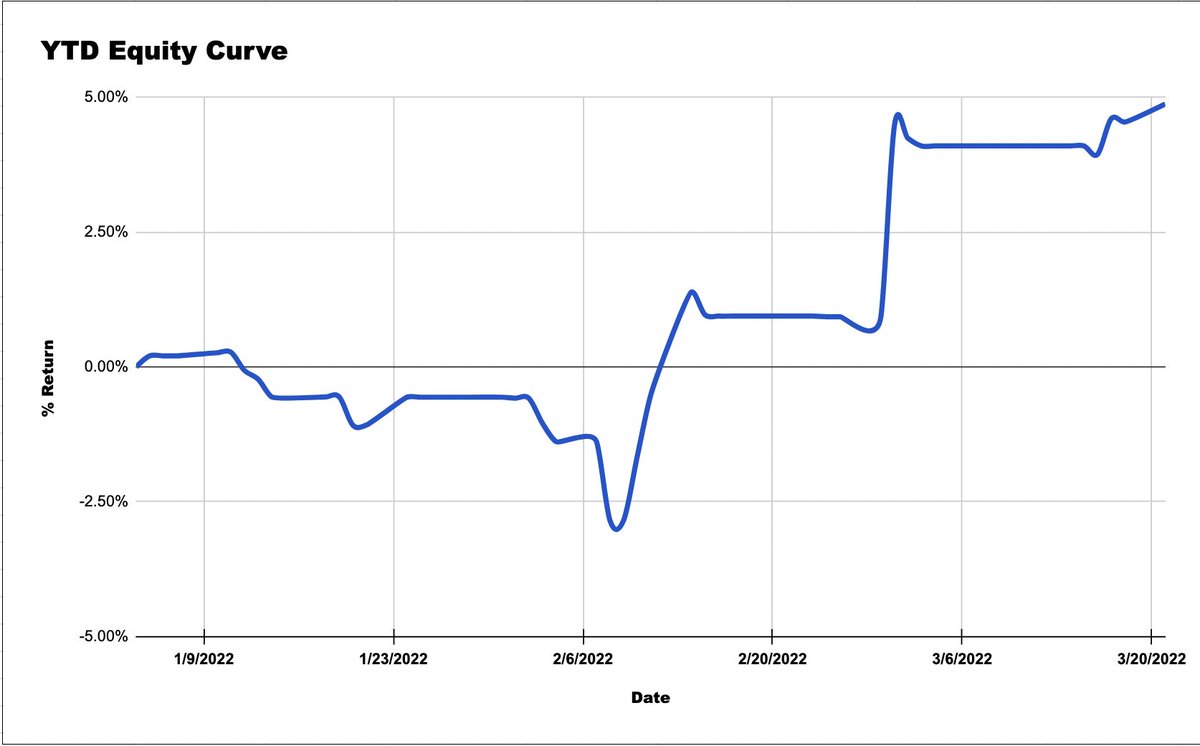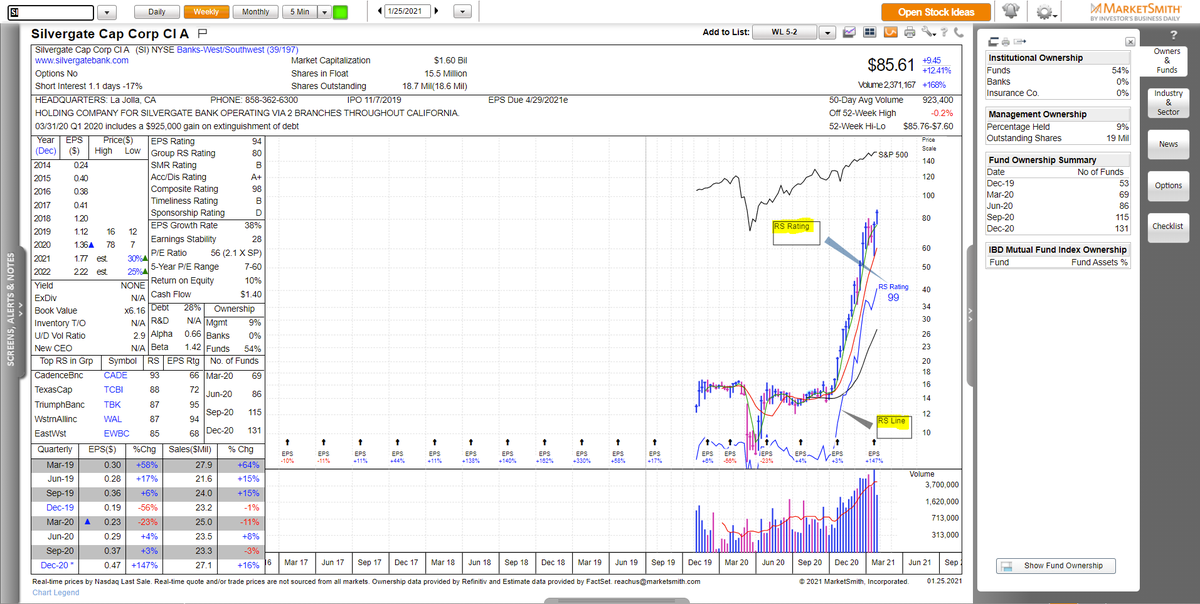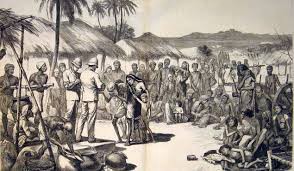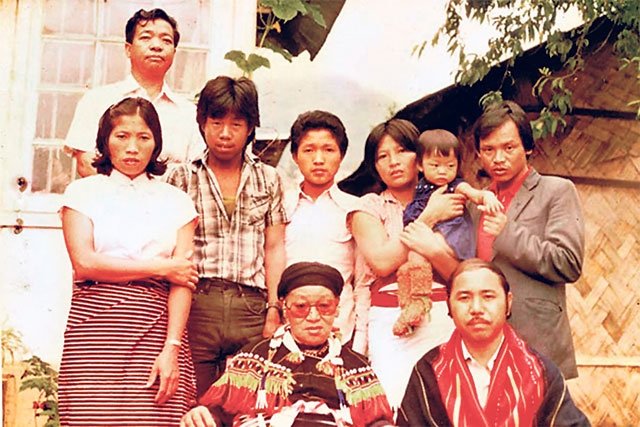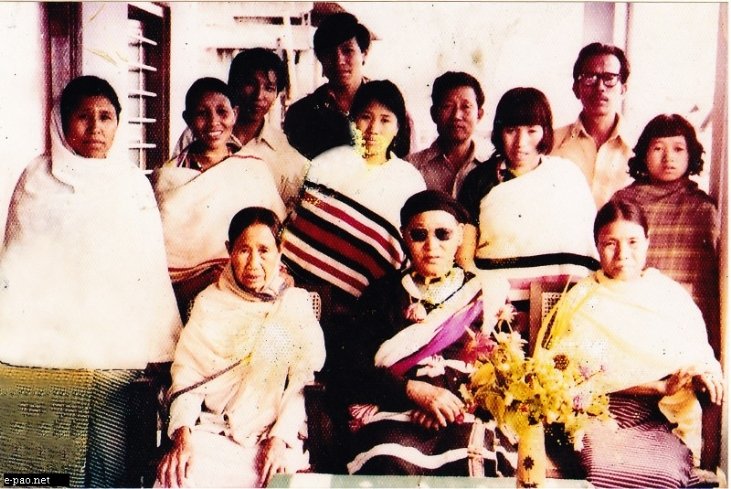In this thread we will break down the components of a successful trading system for consistent returns in the markets 👇
In this thread we will break down the components of a successful trading system for consistent returns in the markets 👇
1. Market
2. Time Frame
3. Edges
4. Entry Tactics
5. Setups
6. Rules & Risk Management
7. Journaling
8. Post Trade Analysis
The financial markets are divided into the following 👇
1. Equity
2. Bond
3. Futures
4. Forex
5. Commodity
Each market requires a different set of knowledge, skill, experience, and know-how.
Day Trade
Swing Trade
Position Trade
Combination of all the above
Time Frame often aligns with a traders personality, lifestyle, goals. 🧠
Often times day traders use a lower time frame to buy/sell in their respective market. This usually corresponds with an intraday chart (1 minute, 5 minute, 15 minute, etc) all the way up to a daily chart.
You may miss out on bigger moves, but it may be easier to sleep at night knowing you have no money at risk.
Swing traders will primarily focus on the daily/weekly charts, accepting the overnight risk & play for a bigger move over the span of a couple days to a couple of weeks.
Executions usually occur on a lower time frame with the longer term trend in mind.
Position Traders are also using the daily/weekly timeframes, but add in the monthly as well.
These traders are looking to hold on to their positions for multiple weeks to months.
When identifying your style in the markets, it is normal to try out different time frames & see what works best for your personality.
The only thing that matters in the market is extracting an income over a large sample size, how you do it is up to you.
According to Mark Douglas, "An edge is nothing more than an indication of a higher probability of one thing happening over another."
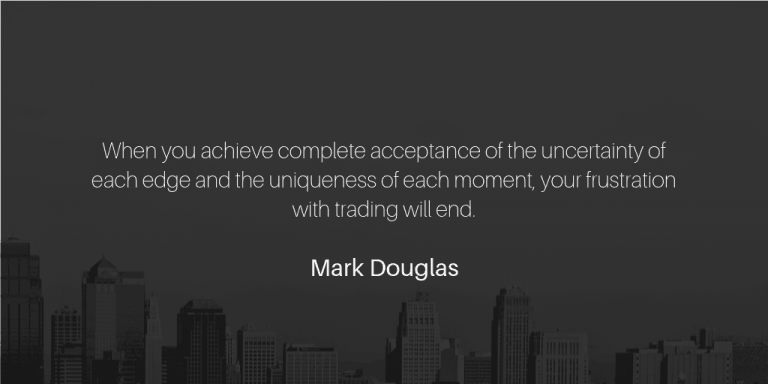
This comes from repetitive study of patterns seen in the biggest winners from the market and the timeframe that you are trading.
You have to understand the common themes that each winner displayed before they run up in price.
WON was able to create and build CANSLIM by looking at the Fundamentals & Technicals of the strongest winning stocks of his time, building a set of concrete rules to catch these moves.
An Introduction to CANSLIM (Thread)
— TraderLion \U0001f981 (@TraderLion_) June 5, 2021
To do this, we need to have defined criteria that allows us to manage our risk so that if the trade goes against us, we don't lose all of our capital.
Managing risk is the most important part of a Setup.
This is the most important part of any system in any market. Without proper risk management, you are susceptible to unnecessary drawdowns leading to emotional swings.
There are many different ways to approach this area of a system, but the most simplistic form of defining your risk parameters looks like this:
- Rules
- Proper position sizing
- Risk/reward ratio
Rules act as guardrails to make sure your behaviors in the market are contained and repeatable.
Trading is an emotional game. Rules help prevent you from damaging yourself when things may feel out of control.
3 losses in a row = a multi-day break.
During a Market Downtrend (below 21ema) = look for shorts more than longs
Taking x amount of days off per year to BUILD mental capital.
No big losses = having a MAX, non-negotiable stop loss for every single trade.
We want to make sure our exposure is large enough to make significant progress in our overall account but also small enough to keep losses in control when we are stopped out
Traders are wrong more than they are right, so position sizing correctly is key.
You would have to lose on 10-20 trades in a row to lose 10% of your account.
On e of the major key to super-performance is to never let your account value fall too far from all time highs
You always want to make sure your gains are at least 2-3x your losses. If you are risking $100 on a loser, you want to be making $200-300 on your winners.
Following these parameters means you can be right only 1/3 times and still not lose money.
This skill comes with experience but is an important part to super performance.
When trading any market, it is essential for you to understand how your emotions impact your overall trading
To accurately track this and learn from your emotions, you need to write down what is going on in your brain during the trading session.
- Feelings premarket
- Intraday executions, with reasoning and edge defined
- Emotional swings during the day
- Grading your trading execution post market.
PTA helps you see what is working vs. what is not working.
It acts as a report card.
This is when we need to be the most honest with ourselves in our trading.
In may be painful to go through past losses but sometimes looking back on your past trades is the only way to catch flaws in your decision making.
- Tracking win rate on a per edge basis (is your edge working more than others)
- Avg gain/loss
- Batting average
- How you handle losing streaks (do they get worse, do you stop trading, etc.)
The outcome of PTA should be an improved system overall.
What component do you think is the most important?
Let us know your thoughts below 👇
https://t.co/C7fXaDuNmF
8 Steps to building a Trading System (Thread)
— TraderLion \U0001f981 (@TraderLion_) February 19, 2022
\U0001f9f5 pic.twitter.com/8NSvaVAUGw
More from TraderLion 🦁
More from Traderlion
You May Also Like
(2) Since 2016, Kushner has connived, with Saudi help, to force the Qataris (literally at a ship's gunpoint) to "loan" him $900 million.
(3) This is consistent with the Steele dossier.
(4) Kushner is unlikely to ever have to pay the "loan" back.
Jared Kushner has a net worth of almost $324 million. But it appears that he paid little or no federal income taxes from 2009 to 2016, according to a review of confidential financial documents obtained by NYT. https://t.co/pMQDeCeDNq
— Kyle Griffin (@kylegriffin1) October 13, 2018
2/ So as you read about his tax practices, you should take from it that it's practices of this sort that ensure that he's able to extort money from foreign governments while Trump is POTUS without ever having to pay the money back. It also explains why he's in the Saudis' pocket.
3/ It's why the Saudis *say* he's in their pocket. It's why emoluments and federal bribery statutes matter. It's why Kushner was talking to the Saudi Crown Prince the day before the murdered Washington Post journalist was taken. It's why the Trump administration now does nothing.

There is co-ordination across the far right in Ireland now to stir both left and right in the hopes of creating a race war. Think critically! Fascists see the tragic killing of #georgenkencho, the grief of his community and pending investigation as a flashpoint for action.

Across Telegram, Twitter and Facebook disinformation is being peddled on the back of these tragic events. From false photographs to the tactics ofwhite supremacy, the far right is clumsily trying to drive hate against minority groups and figureheads.
Be aware, the images the #farright are sharing in the hopes of starting a race war, are not of the SPAR employee that was punched. They\u2019re older photos of a Everton fan. Be aware of the information you\u2019re sharing and that it may be false. Always #factcheck #GeorgeNkencho pic.twitter.com/4c9w4CMk5h
— antifa.drone (@antifa_drone) December 31, 2020
Declan Ganley’s Burkean group and the incel wing of National Party (Gearóid Murphy, Mick O’Keeffe & Co.) as well as all the usuals are concerted in their efforts to demonstrate their white supremacist cred. The quiet parts are today being said out loud.
There is a concerted effort in far-right Telegram groups to try and incite violence on street by targetting people for racist online abuse following the killing of George Nkencho
— Mark Malone (@soundmigration) January 1, 2021
This follows on and is part of a misinformation campaign to polarise communities at this time.
The best thing you can do is challenge disinformation and report posts where engagement isn’t appropriate. Many of these are blatantly racist posts designed to drive recruitment to NP and other Nationalist groups. By all means protest but stay safe.
